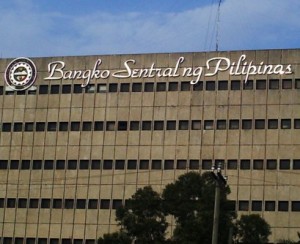
Barclays said in research note that, in the near term, it remains upbeat on bonds from emerging markets in Asia, such as the Philippines.
The bank said that, as monetary authorities in the United States have not announced any stimulus measures to shore up economic growth, it believes that “the relatively better yield and fundamental differentials will attract inflows into bonds.”
But Barclays said that in such a scenario, bond investors are likely to hedge foreign exchange risks, particularly in current account deficit countries, although this is not the case in the Philippines.
“Although the recent positive performance of the Philippines may help confidence on the peso, we suggest investors to move down from 10 years to five years and hedge the incremental foreign exchange risks.
In a separate study issued last month, DBS Group said the Bangko Sentral ng Pilipinas’ move to exclude foreign funds from the country’s special depository account (SDA) facility shows that monetary authorities are worried about the strength of the peso.
DBS observed that the local currency was already nearing a 15-year high in terms of real effective exchange rate.
The Singapore-based group noted that there are worries about the competitiveness of Philippine products in terms of foreign exchange-determined prices, and that “export growth in the second half could face considerable headwinds amid a further slowdown in the developed economies.”
DBS said further that the peso has been one of the best-performing currencies of late, having climbed 4.3 percent against the US dollar since the beginning of the year.
Stable external accounts and a pickup in the economy are key reasons that can be attributed to the peso’s robust performance, DBS said.
Monetary authorities say they favor neither a strong nor weak peso, although they do guard against sharp and sudden movements that could hurt the economy.